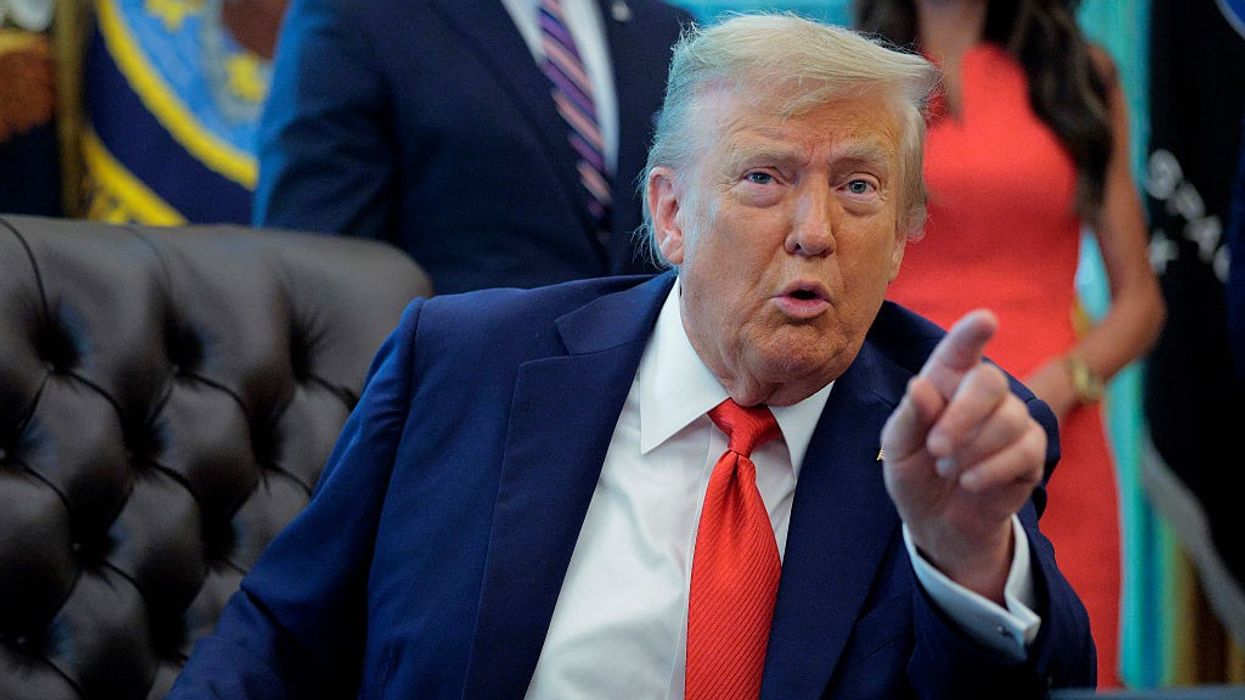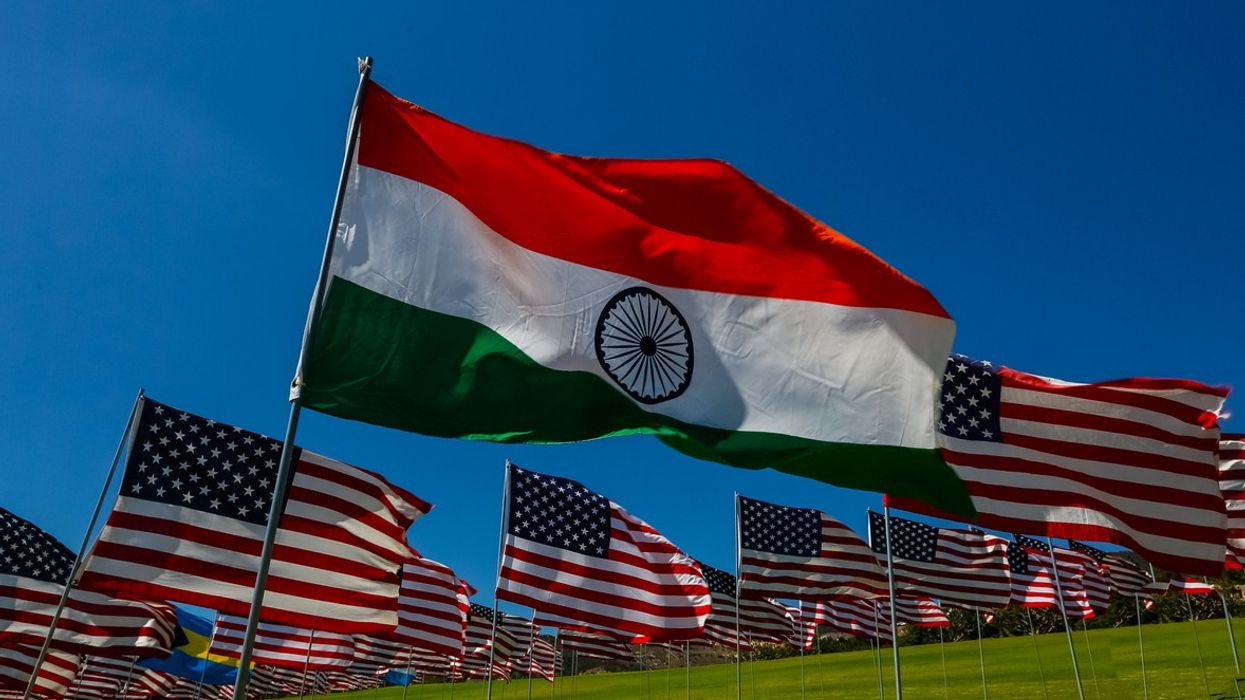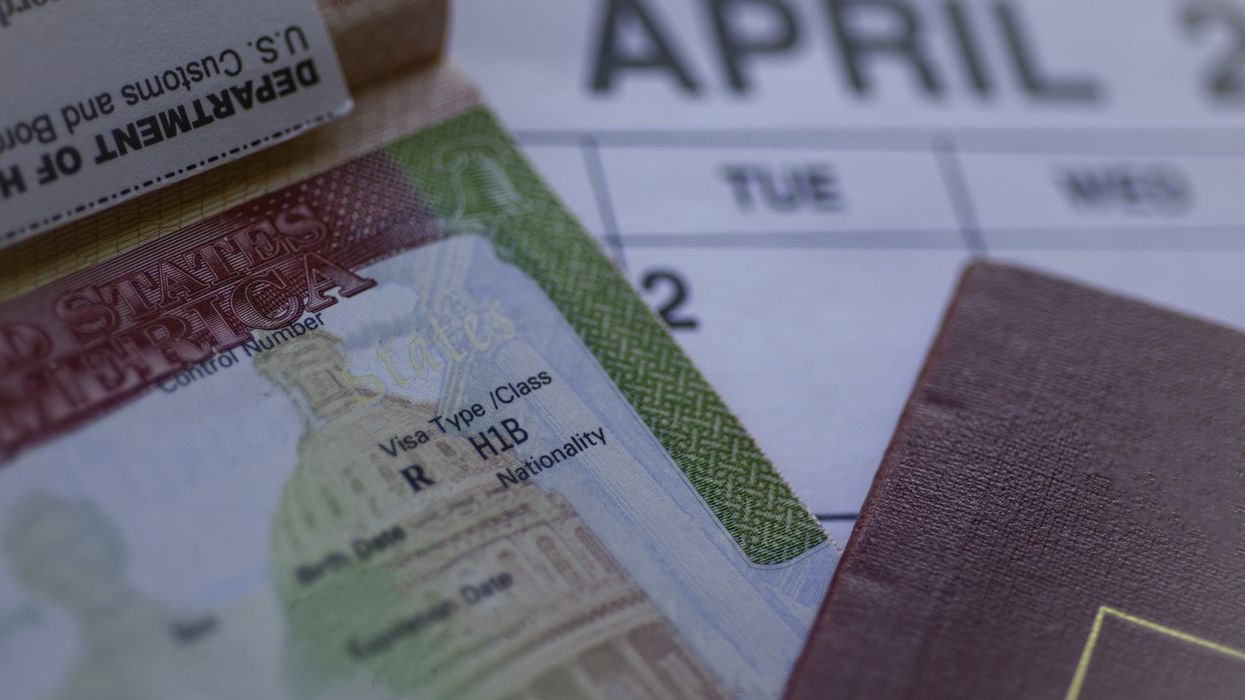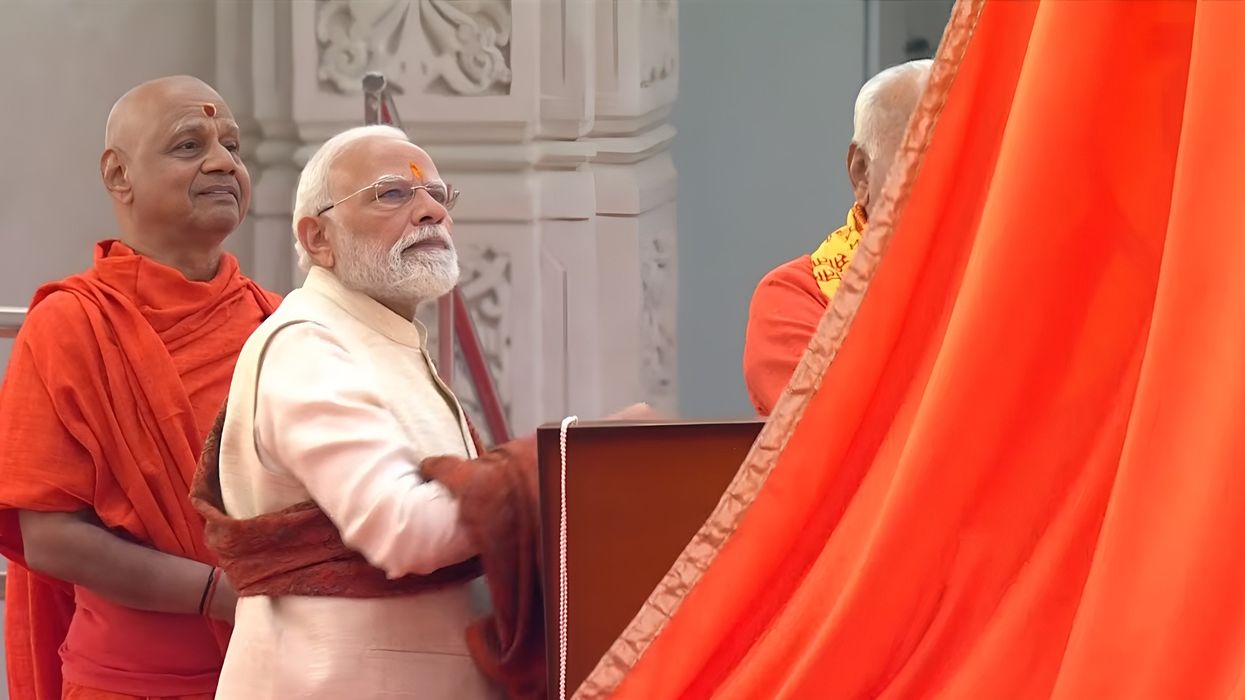President Donald Trump has informed Canadian prime minister Mark Carney that Canada will face a 35 per cent tariff on exports to the United States starting August 1. This move was communicated in a formal letter on Thursday and marks the latest in a series of over 20 similar letters sent by Trump to various countries since Monday, as he intensifies his trade war strategy against multiple economies.
Negotiations and Shifting Deadlines
Canada and the United States have been engaged in ongoing trade negotiations, aiming to secure a deal by July 21. However, the imposition of the new tariff appears to have shifted the deadline, with both Canada and Mexico now seeking ways to satisfy US demands and restore stability to the United States-Mexico-Canada Agreement (USMCA). Prime Minister Carney reiterated Canada’s commitment to defending its workers and businesses, stating on social media, “We will continue to do so as we work towards the revised deadline of August 1.”
The USMCA and Recent Trade Frictions
The USMCA, which replaced the North American Free Trade Agreement (NAFTA) in July 2020 following Trump’s push for renegotiation, was scheduled for review by July next year. However, Trump’s renewed trade war threats have disrupted the process. Previously, Canadian and Mexican goods were subject to 25 percent US tariffs—with some exemptions for Canadian energy—due to US concerns over immigration and illicit drug flows.
Despite these measures, Trump eventually granted exemptions for many goods under the USMCA, aiming to protect certain sectors while maintaining leverage in negotiations. The latest tariff announcement comes despite recent improvements in the relationship between Trump and Carney, including a cordial White House meeting in May and discussions at the G7 summit in Canada.
Broader Tariff Threats and Global Impact
In addition to targeting Canada, Trump has threatened blanket tariffs of 15 to 20 percent on other countries starting August 1, particularly those not yet contacted by letter. Some letters have announced tariffs as high as 50 percent, such as those aimed at Brazil, unless new terms are negotiated.
Trump revealed in an NBC interview that a similar letter would soon be sent to the European Union, the US’s largest trading partner. Meanwhile, Brazilian President Luiz Inácio Lula da Silva has expressed willingness to negotiate but is also considering reciprocal measures in response to the US threats. In his communication to Lula, Trump criticized Brazil’s treatment of his ally, former President Jair Bolsonaro.
As the August 1 deadline approaches, Canada, Mexico, and other affected countries are working to find solutions that will prevent the implementation of steep US tariffs. The situation remains fluid, with the potential for significant impacts on international trade and economic relations across the Americas and beyond.
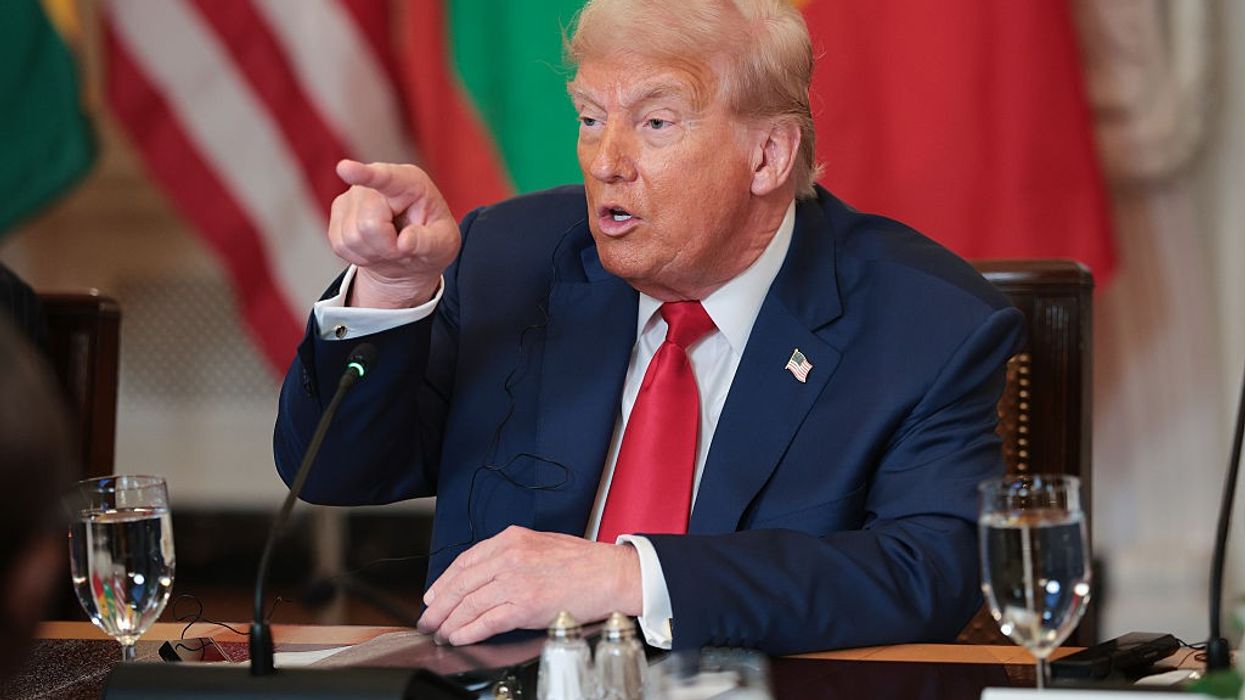





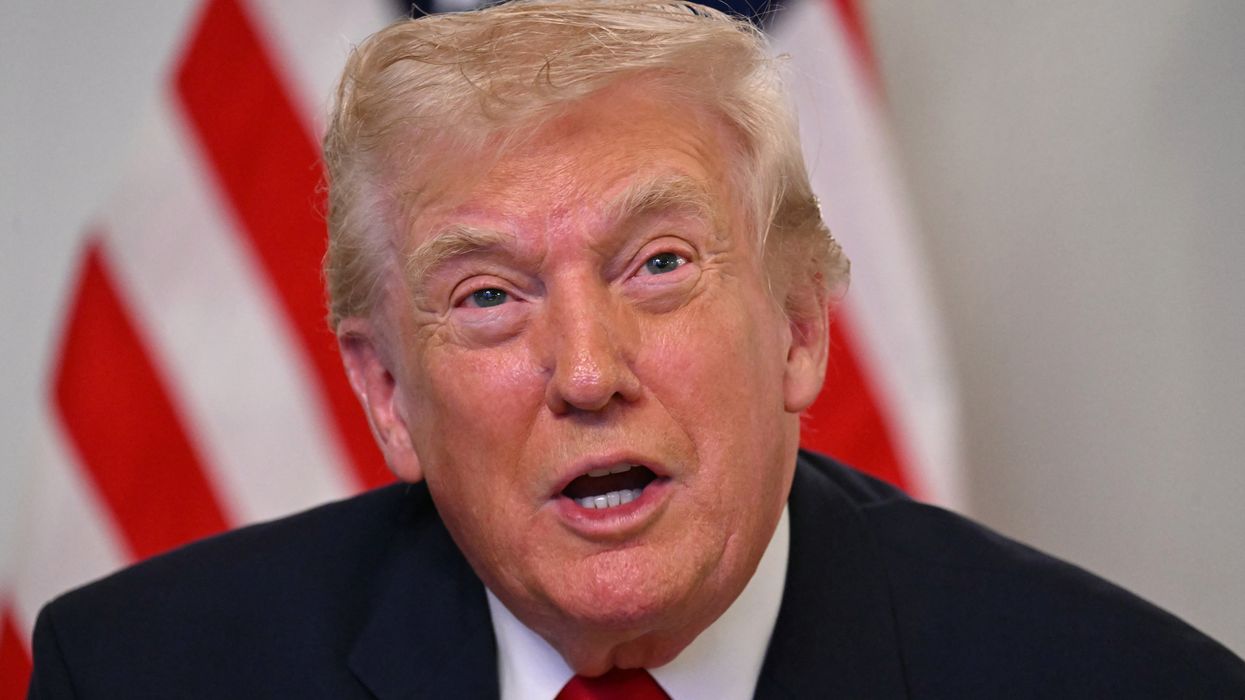
 The US attorney for Washington DC, Jeanine Pirro, said the suspected assailant -- identified as Rahmanullah Lakanwal Getty Images
The US attorney for Washington DC, Jeanine Pirro, said the suspected assailant -- identified as Rahmanullah Lakanwal Getty Images

